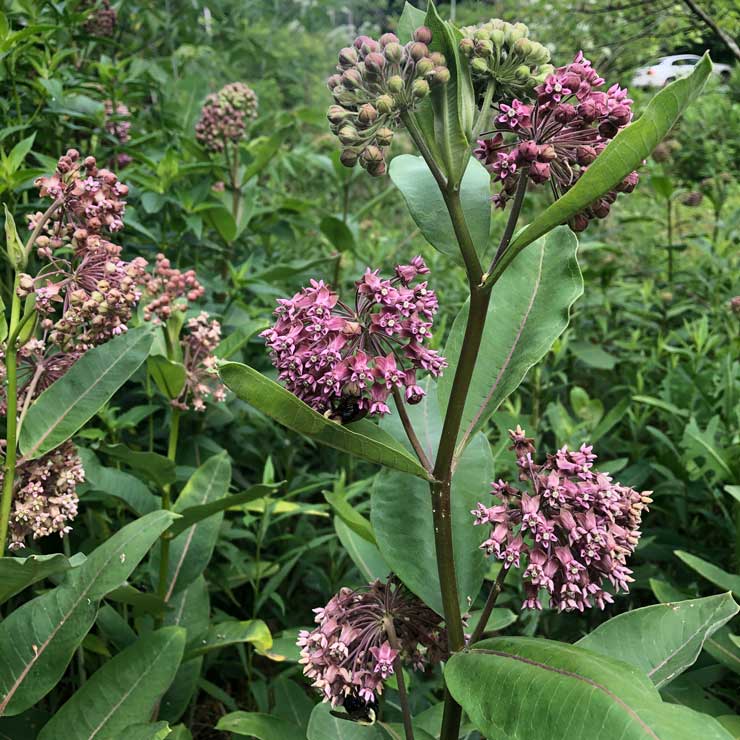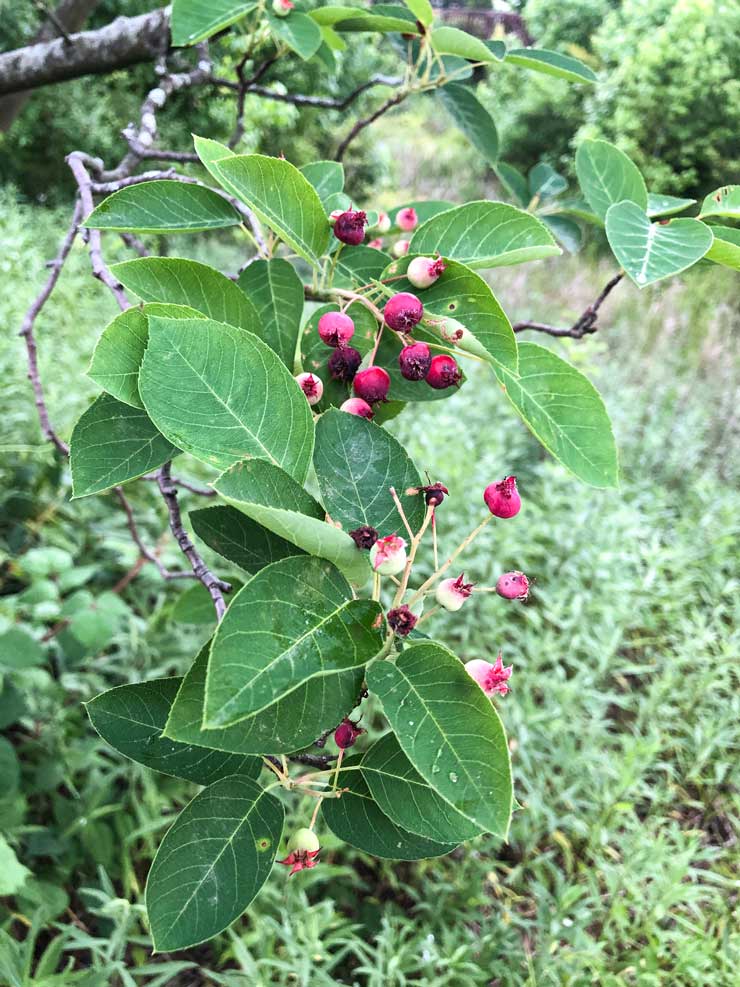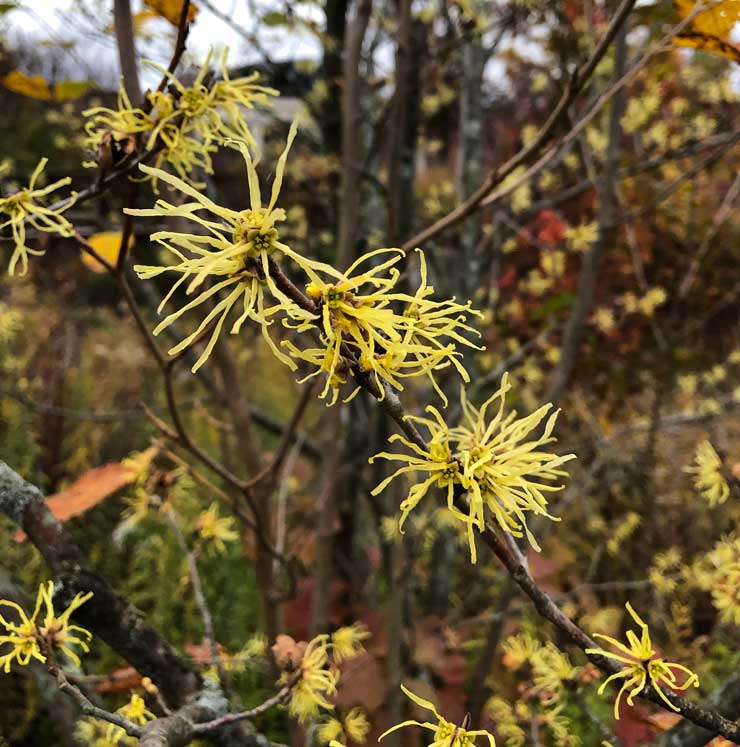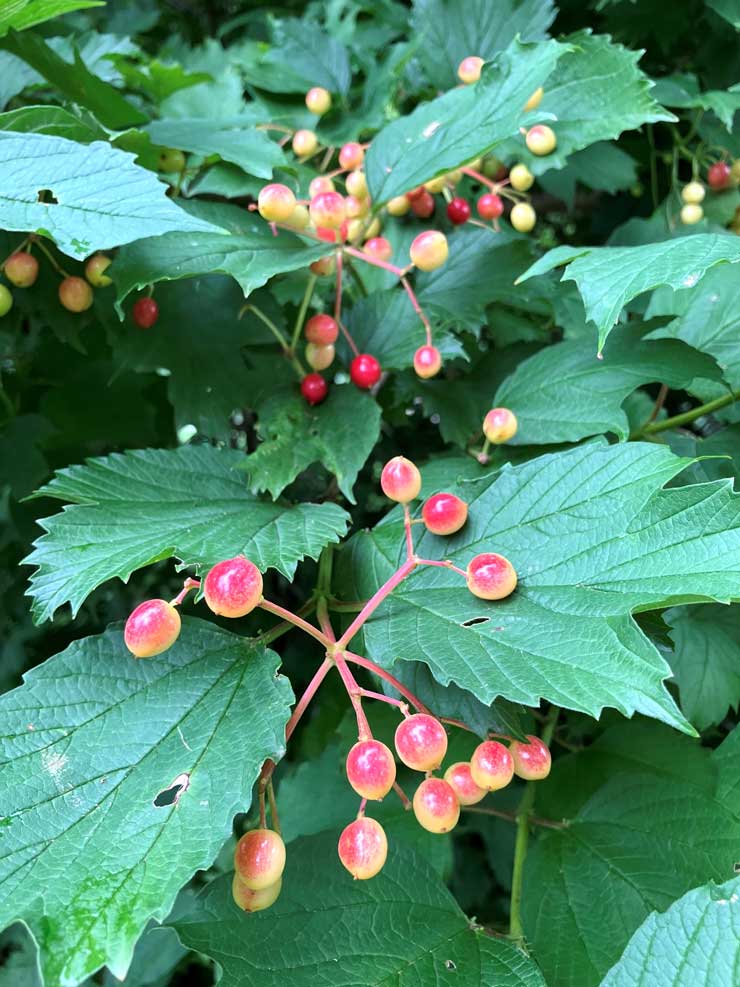Living Classroom
Kutztown University's north campus features a living classroom. This wetlands preserve gives students a place to study native plant growth, plant taxonomy, biodiversity in our ecosystem and the ecology of relationships between living organisms.
The living classroom is centered between Boehm Science Center, Grim Science Building and the Academic Forum.
Within this area you will find a healthy diversity of trees, shrubs, and herbaceous plants that offers refuge and food for animals while also promoting the health of our soil, water, and air.
The preservation of this area is important not only for the education of our students, but also for the health of our campus ecosystems.
Here are some of the plants seen in this area:

Goldenrod
These tall stems make a great home for gall-forming insects all season, then they burst into vibrant yellow-gold flowers in late summer/early autumn, providing food for pollinators. The pollen of goldenrod is too heavy to be carried by the wind and is not responsible for allergy symptoms.

Milkweed
A preferred flower for pollinators such as bumble bees, honey bees, hummingbirds, butterflies, and moths. This plant is special to monarch butterflies, who are facing population declines due to loss of habitat and host plant sites due to climate change. Milkweed is the only host plant that provides the nourishment for monarch caterpillars to build their chrysalises and transform into adult butterflies.

Serviceberry
One of the earliest flowering small trees in Pennsylvania forests, this plant is nicknamed “Juneberry” for its fruits, which are a favorite food for campus birds like the cedar waxwing.

Witch Hazel
With its spidery yellow late fall blooms, this is one of the latest flowering woody plants in Pennsylvania. An extract distilled from its branches is popular for its anti-inflammatory and astringent properties and is used in skin care.

Cranberrybush Viburnum
The bright red fruits of this shrub serve as food for birds and wildlife. You will see their showy white flat-topped flowers in mid to late May. In the fall, check for its beautiful show of changing color.






